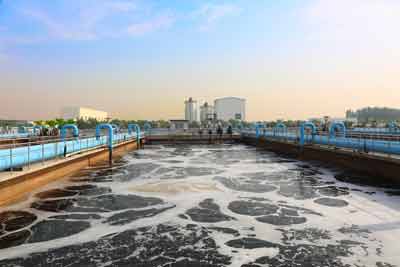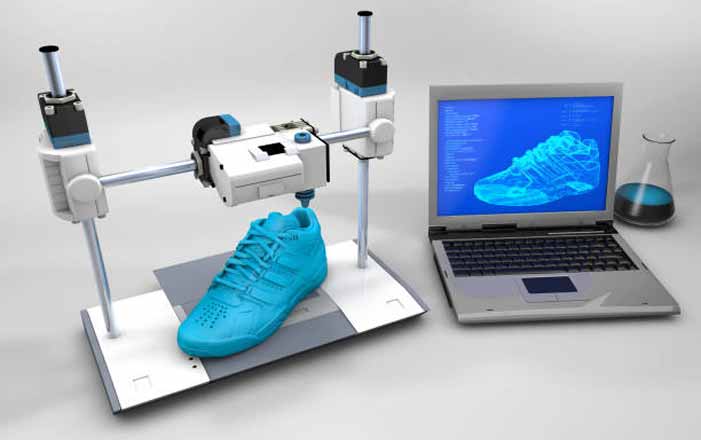Wastewater treatment is a process of removing or reducing pollutants that human behaviors have deposited in water sources. An example of such human behaviors is untreated sewage discharge. Wastewater treatment usually consists of two stages: primary and secondary. Primary wastewater treatment usually deals with physical removal of solids and some organic matter with screening and sedimentation. Secondary wastewater treatment removes much more organic matter during anaerobic digestion with sludge digestion occurring in tanks where the organisms thrive without oxygen.
What is Wastewater Treatment?

Wastewater treatment is the removal or reduction of pollutants from wastewater. Wastewater can be treated by anaerobic digestion, aerobic oxidation with a variety of microorganisms including bacteria and fungi, or a combination of both. Anaerobic digestion typically takes place in tanks where organisms thrive in without oxygen.
Types of Wastewater Treatment
It is usually done in two stages. Primary wastewater treatment involves the physical removal of solids and organic matter with screenings and sedimentation this stage also removes some organic matter. Secondary treatment removes much more organic matter during anaerobic digestion, with sludge digestion occurring in tanks where the organisms thrive without oxygen. You can check out https://welldrillingdavidson.com/ website for extra information on about water treatment services.
Applications of Wastewater Treatment

The application of wastewater treatment is mainly to the removal or reduction of pollutants. The first stage of wastewater treatment involves physical removal of solids and some organic matter. The second stage in wastewater treatment work is done through anaerobic digestion which removes more organic material. This further coagulates the effluent and provides a means of sludge disposal.
In aerobic treatment, the microorganisms are responsible for breaking down organic matter into carbon dioxide, water and biomass. This is usually done by using tank reactors where microbes grow in an oxygenated environment. Wastewater flowing through these tanks effectively scours out any suspended solids.
In aeration basin, dissolved oxygen is introduced into the water and works to dislodge organic material from particles which settles down in sludge blanket. The waste water then goes through biological treatment processes such as trickling filters or rotating biological contactors where bacteria break down the remaining material. Wastewater that has been treated by aerobic treatment has less biodegradable material and a higher quality than untreated wastewater.
Future Advancements in the Field
The future trends in the field of wastewater treatment are towards energy conservation and sustainable management of resources. The current methods being used are mainly dependent on the use of chemicals and other resources.
There are many possibilities for future advancements in the field of wastewater treatment. One of these would be the use of anaerobic digestion. This process would improve on the current secondary wastewater treatment process by improving on the efficiency and throughput. Other possibilities include using a different type of microorganism, other than bacteria or fungi, to treat wastewater and using something other than sludge digestion to break down the sludge in tanks.
Conclusion
Wastewater treatment refers to the removal or reduction of pollutants that human actions, such as untreated sewage, discharge into water sources. Wastewater can be treated aerobically with the use of various microorganisms such as bacteria or fungi. We hope this blog has been informative. Good luck on your wastewater treatment project!






